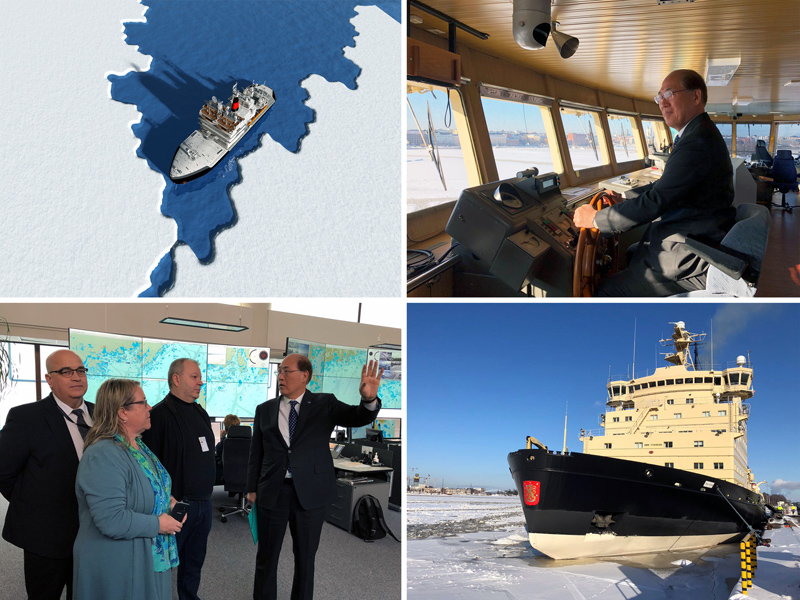IMO’s Polar Code, when properly applied, is a powerful tool for safeguarding the environment and protecting the lives of seafarers and passengers in the challenging polar regions. This was the message from IMO Secretary-General Kitack Lim to an international conference on implementing the Polar Code, in Helsinki, Finland (22 February).
The Code entered into force in January 2017 and sets out mandatory standards covering the full range of design, construction, equipment, operational, training and environmental protection matters that apply to ships operating in the inhospitable waters surrounding the two poles.
Speaking at the opening of the event, Mr. Lim addressed the wide variety of stakeholders involved in applying the treaty, including law makers, business leaders, diplomats and international organizations. He emphasized that one of the Code’s strengths, as a “living document”, was that it can and will be regularly reviewed, amended and adjusted to reflect changing considerations, new concerns and new experience gained in its practical application.
Some of these developments may involve amending the treaty to cover issues like oil spill response, search and rescue facilities, and applying the code to non-SOLAS ships such as fishing vessels, pleasure yachts, and cargo ships under 500 gross tonnage.
During his trip to Finland (photos) Mr. Lim also visited the Finnish Meteorological Institute, the Vessel Traffic Services Centre, an ice-breaker, and H.E. Anne Berner, Minister of Transport and Communications of Finland – using the experience to exchange ideas with those directly involved in putting the Polar Code into practice.
More information about the Polar Code, including videos and infographics, can be found here.
